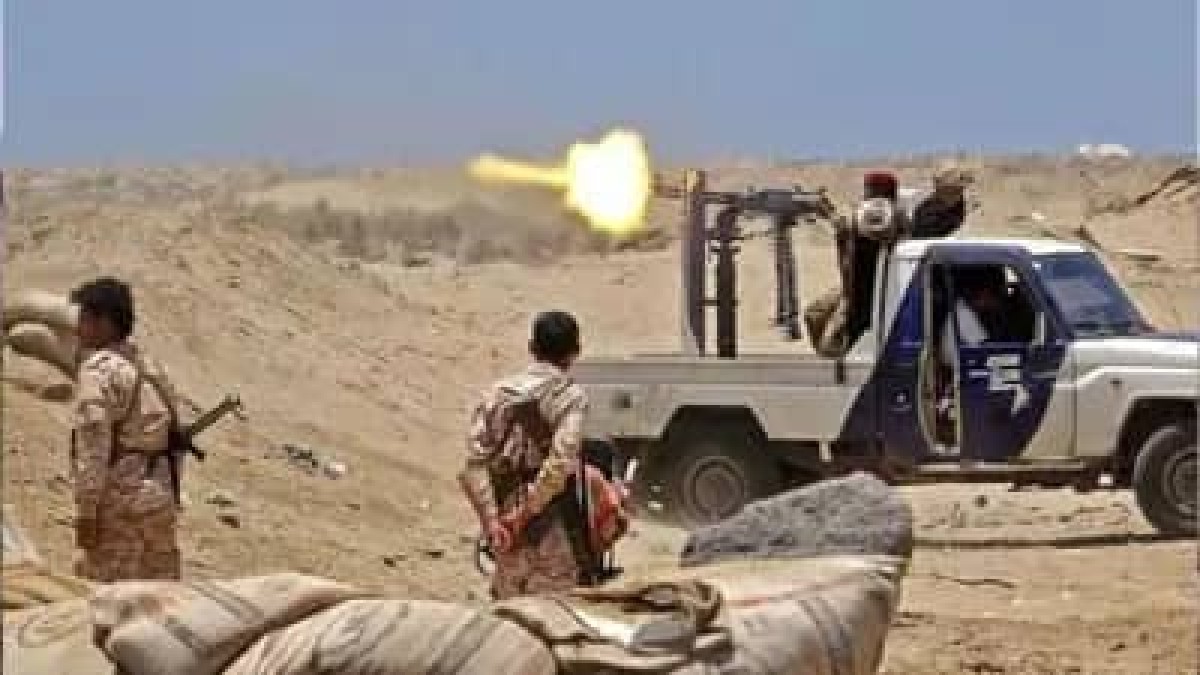Al-Qaeda and Houthi...the fronts expose the connections


Apparently simultaneous and coordinated attacks exposed the links between Al-Qaeda and the Houthi group.
ISIS launched an attack on military sites in Abyan Governorate, along with attacks by Houthi militias on border fronts of the Transitional Council forces in the south of the country.
The last of these attacks was on Friday/Saturday night, when the Al-Qaeda terrorist organization pushed its members to infiltrate and attack military sites of the southern forces in Abyan, according to the military spokesman for the forces, telling Al-Ain News.
The spokesman for the southern forces, Lieutenant Colonel Muhammad Al-Naqib, said on Saturday, “Our forces in Wadi Omran, east of the Modiya district, east of the governorate, were subjected to an attack carried out by members of the terrorist Al-Qaeda organization, but they succeeded in thwarting it immediately.”
He confirmed that the forces "responded to the Al-Qaeda attack immediately and directly when it targeted sites where Security Belt units were deployed" east of the governorate overlooking the Arabian Sea.
The military official pointed out that "the Al-Qaeda terrorist attack coincided with ground attacks by the Iranian-backed Houthi militia on our border fronts, all of which failed."
The Al-Qaeda terrorist organization had begun intensive preparations in coordination with the Houthi militias and increased the pace of its attacks, the most prominent of which was last month when it carried out a bloody suicide attack on the site of the Third Brigade Support and Support in the town of Al-Fareed, which left 16 dead and 22 soldiers injured.
The suicide attack was followed by an armed attack on military sites and an attack on a checkpoint, in which two of its field commanders were killed in the same southern governorate.
At the same time, the Houthi militias launched ground and artillery attacks on the positions of the southern forces in the Lahj and Al-Dhalea governorates, following the group’s leader’s vow of field escalation and his public courting of Al-Qaeda in order to move to intensify its attacks.
In the past two days, the Al-Dhalea military axis of the southern forces announced that they had repelled a Houthi attack that was described as “violent” and targeted advanced positions in the town of “Batar” in the Qataba District, north of the border governorate.
The Houthis tried to achieve field progress under heavy fire cover, but they failed and retreated after sustaining deaths and injuries. They were transported in ambulances to a hospital in Al-Hasha, far southwest of Al-Dhalea, according to the axis.
This was preceded by an attack by the Houthis to infiltrate the Al-Musaimeer District in Lahj Governorate, before the Giants forces reinforced units stationed in the security belt and responded by liberating the town of Shawkan and the villages of Al-Adib, Taqsim, and Al-Jabali in the Mawiyah District, east of Taiz, in a harsh lesson and a quick deterrent to the militias’ persistence.
Since July, Al-Qaeda has made extensive preparations, with the support of the Houthi militias, to escalate its terrorist acts from the heights and areas between Al-Bayda Governorate, which is controlled by the Houthis, and on the borders of the southern governorates of Shabwa and Abyan, according to previous reports by Al-Ain News.
Yemeni officials accuse the Houthi militias of supporting and feeding Al-Qaeda activity with weapons, drones and thermal missiles as part of joint cooperation between the two groups to destabilize Yemen and the region